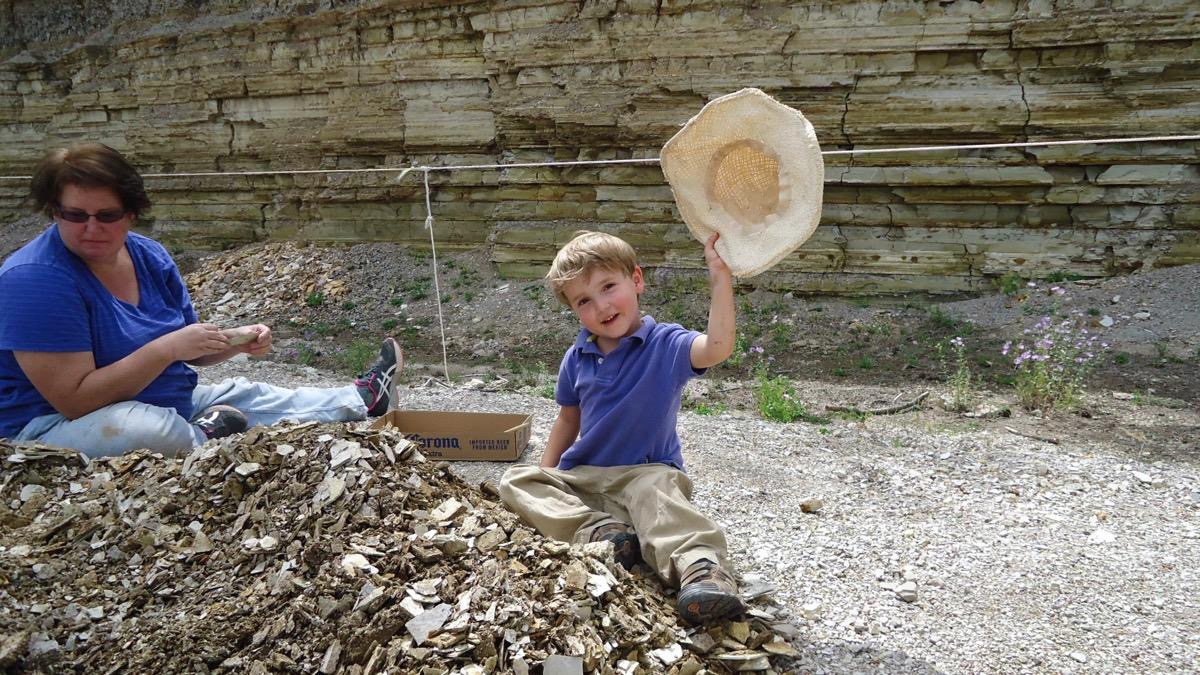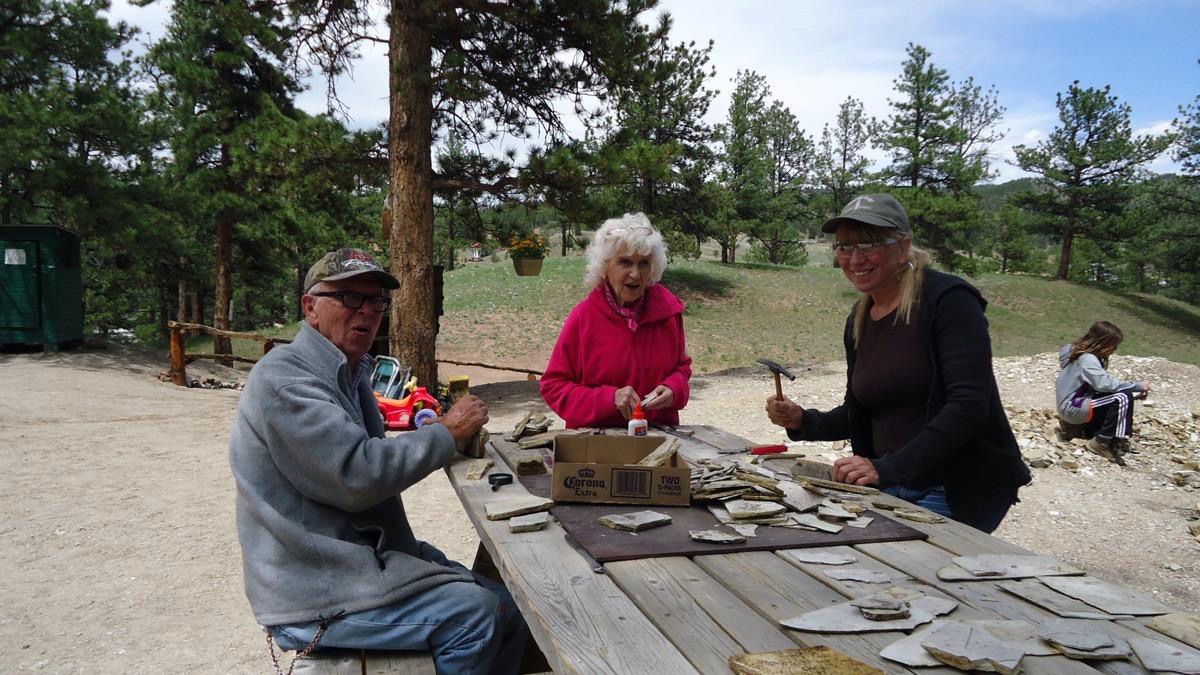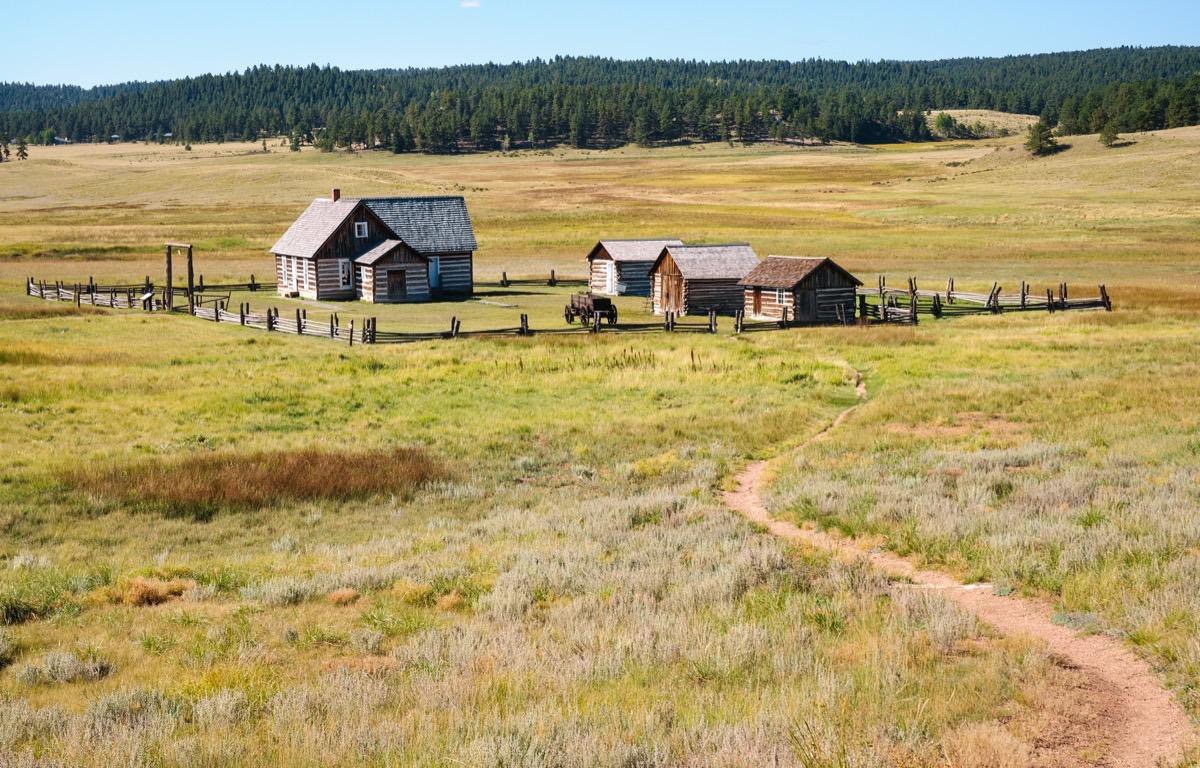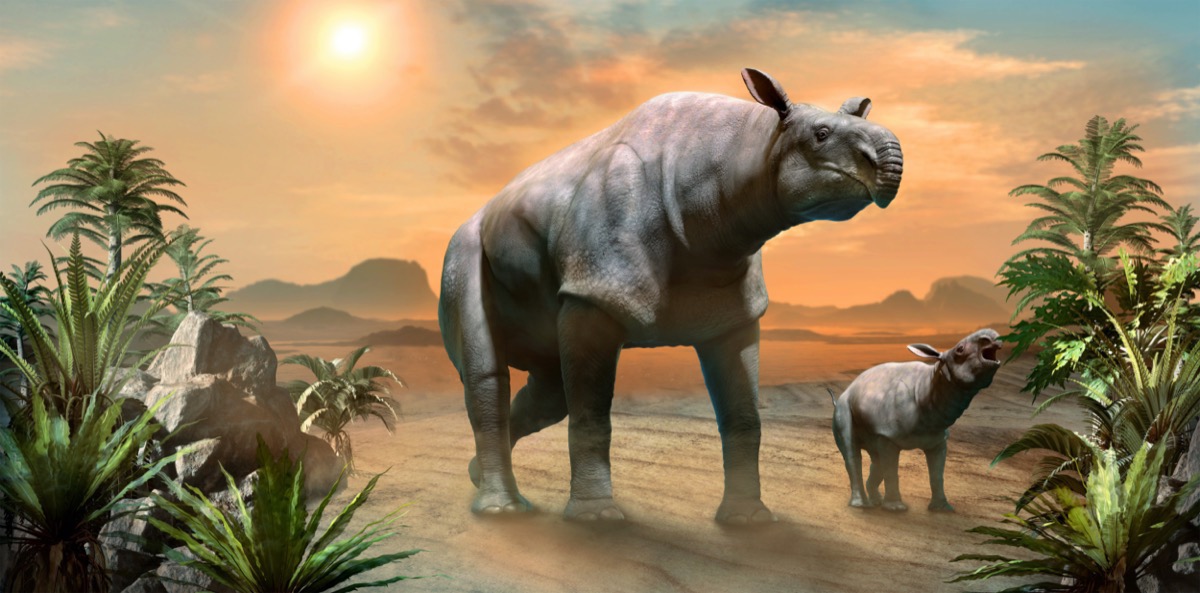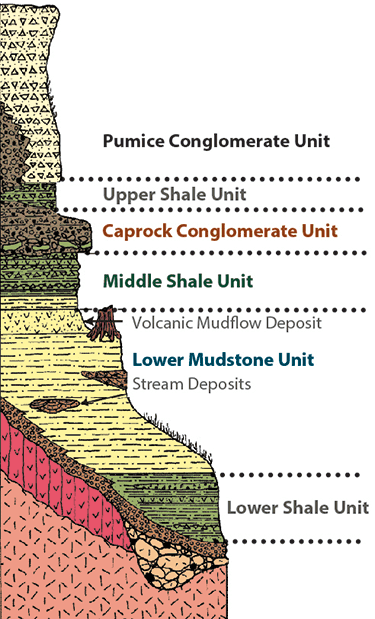
About the Florissant Fossil Quarry in Colorado
Easy Fossil Digging for the Whole Family
Fossil Collecting in Colorado for the Entire Family
Experience the fun and excitement of finding your own fossils from 34 million years ago. Every visitor gets a hands-on and unique fossil hunting experience. We are a private fossil quarry located less than one hour west of Colorado Springs, CO. The best part is that you get to keep what you find!
No reservation required. Pay when you arrive - $20 per collector (cash only at this time).
We are weather dependent. If the forecast calls for rain, we recommend calling or emailing us to confirm hours.
We will provide you with tools, personal instruction, and access to freshly excavated shale from the Florissant Formation which was created during the late Eocene Epoch.
You’ll Love Fossil Digging at this Unique Historic Site in Colorado
Fossil digging is like going on one giant treasure hunt. Luckily for us, there’s a spot in Colorado where you can find your own ancient specimens and even take them home with you. If you have a budding paleontologist in the family or just like playing in the dirt, you’ll definitely want to plan a visit to Florissant Fossil Quarry.
The Fossil Digging Experience
The Florissant Fossil Quarry is located in the small Colorado mountain town of Florissant which lies in the shadow of Pike’s Peak. Our family friendly fossil digging quarry is essentially a large shale bed. Many millions of years ago, volcanic ash trapped layers of living animals and plants in the shale. The shale is easy to split apart to find the fossils embedded between the layers, giving you the opportunity to become an amateur paleontologist!
You will be provided with everything you need to experience the thrill of fossil digging between layers of shale. We will provide you a mound of freshly excavated, fossil-rich shale from the bottom of a 34 million-year-old lake.
Our fossil-loving staff will provide you access to all the tools and personal instruction you need to hunt for fossils hidden in the shale. Our experts will show you how to pick the best rocks and split the shale to reveal the fossils. The staff is knowledgeable and will help you identify your discoveries.
This is a hands-on paleontology experience where we guarantee you will find fossils.
Normally an hour is plenty of time to find a few fossils and for kids and adults to have a great time fossil digging and hunting. The time will go by quickly once you start finding fossils. Young people love the experience; many kids want to spend all day here.
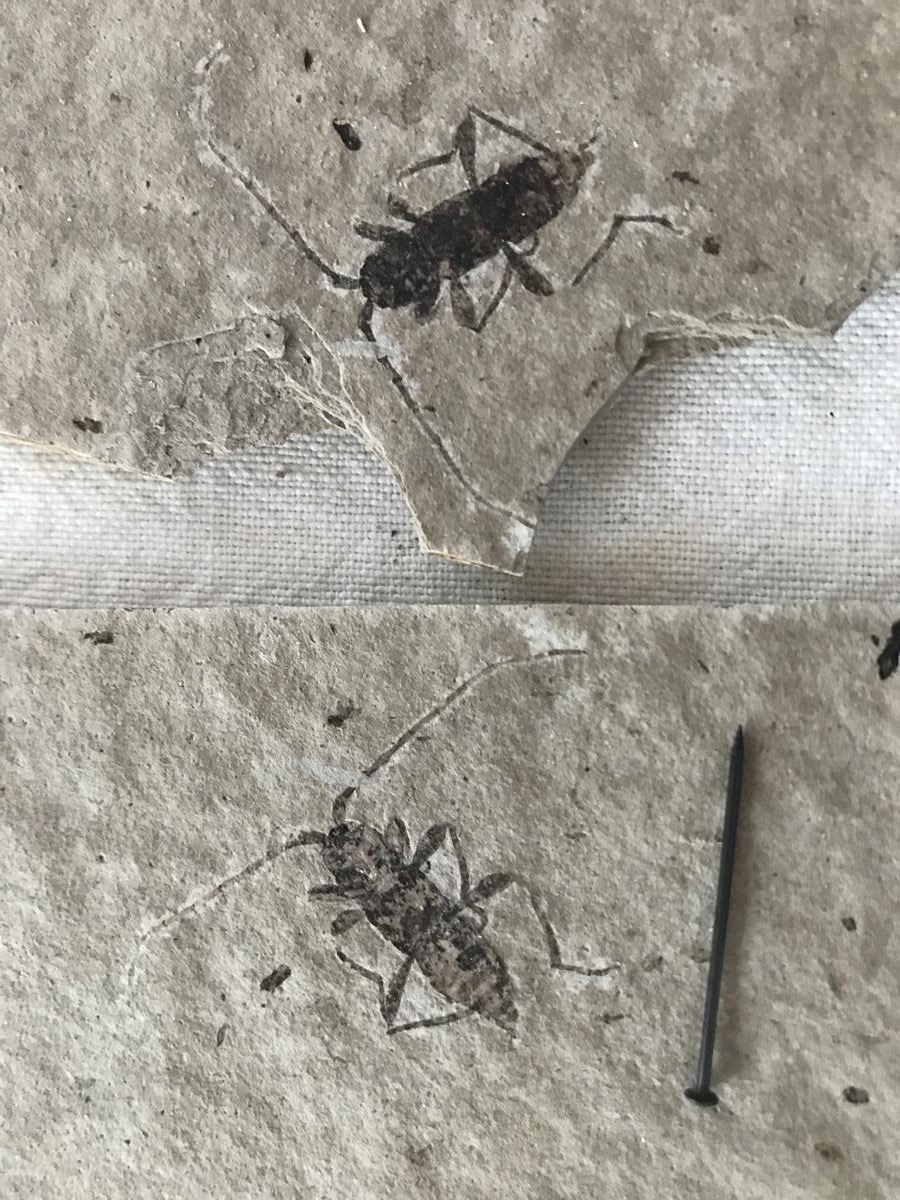
History of the Florissant Fossil Quarry
The site of the Florissant Fossil Quarry has been known to the scientific world for many years. Part of an ancient lake bed, Florissant fossils are world famous for a rich and diverse record of past life.
During the late part of the Eocene Epoch, 34 million years ago, the Florissant landscape was a beautiful lake surrounded by a forest of redwoods. Active volcanoes, located in the Guffey area, buried the forest in mud and ash. This happened many times, forming layers of shale where the fossils of Florissant were preserved.
The Clare Quarry Site, now known as the Florissant Fossil Quarry, was opened to the public in the 1970’s. The family philosophy, which is that of Toni Clare and the late Gene Clare, has been to share in the very rare experience of being a “real paleontologist.” Toni’s love for fossil digging and love for children is evident. The family works hard to maintain the hands-on experience that you may have had some 30 years ago.
Quoted in the book “The Fossils of Florissant,” Dr Herbert Meyer states: “Many of the most exciting discoveries in recent years have come from the Clare site, and in 1997, Nancy Clare Anderson uncovered the complete, well preserved remains of a new species of shorebird.”
Specimens of scientific significance discovered by visitors are retained at the site. Such specimens go to the scientific community for study.
Our Relationship to the Florissant Fossil Beds National Monument
The Florissant Fossil Quarry is located a mile north of the Florissant Fossil Beds National Monument. Many people go to the National Monument first to learn about the geographic history and the fossils found in the area.
The Florissant Fossil Beds National Monument does not allow fossil digging or collecting. This is where the Florissant Fossil Quarry saves the day! For a small fee you can get your hands dirty and enjoy the thrill of hunting for and finding your own 35 million year old fossils.
https://www.nationalparks.org/explore-parks/florissant-fossil-beds-national-monument
How the Fossils Formed
Florissant fossils date back from the late Eocene epoch, 35 million years ago. The Florissant, Colorado area was once a lake surrounded by woody vines, shrubs and trees. Many of the trees were giant Sequoia similar to California redwoods. Because it was a warm temperate region, the area was rich with vegetation.
Explosive eruptions by nearby volcanoes repeatedly showered volcanic dust and ash on the lake. As the eruption and dust settling process repeated itself over millions of years, small animals, birds, fishes, insects, and plants would be trapped under the weight of the ash and sent to a watery grave at the bottom of the lake. Each layer of shale represents one eruption. Eventually the lake was filled, climatic changes took place and this is what we see today.
More info https://www.nps.gov/flfo/learn/nature/eocene-florissant.htm
About the Eocene Epoch
Eocene Epoch, second of three major worldwide divisions of the Paleogene Period (66 million to 23 million years ago) that began 56 million years ago and ended 33.9 million years ago. The Eocene Epoch follows the Paleocene Epoch and precedes the Oligocene Epoch.
The Eocene is often divided into Early (56 million to 47.8 million years ago), Middle (47.8 million to 38 million years ago), and Late (38 million to 33.9 million years ago) epochs. The name Eocene is derived from the Greek eos, for “dawn,” referring to the appearance and diversification of many modern groups of organisms, especially mammals and mollusks.
About the Florissant Formation
The Florissant Formation is a division of the middle and upper Oligocene rocks in central Colorado. The Florissant Formation overlies the White River Group. Named for the nearby town of Florissant (French: “flowering”), which was so named by an early settler for his hometown in Missouri.
The Florissant Formation consists of shales that contain a rich and varied fossil assemblage. Many kinds of Oligocene plants are represented there, including petrified redwood stumps and the leaves and twigs of poplars, beechlike trees, and sycamores. These remains represent a temperate upland forest that existed in the region during the Oligocene. The fine-grained sediments preserved an excellent documented record of Oligocene insects and spiders.
The Florissant Formation contains the only fossil record of the tsetse fly, as well as some mammalian and aquatic fossils. The formation is preserved as Florissant Fossil Beds National Monument, established in 1969.

